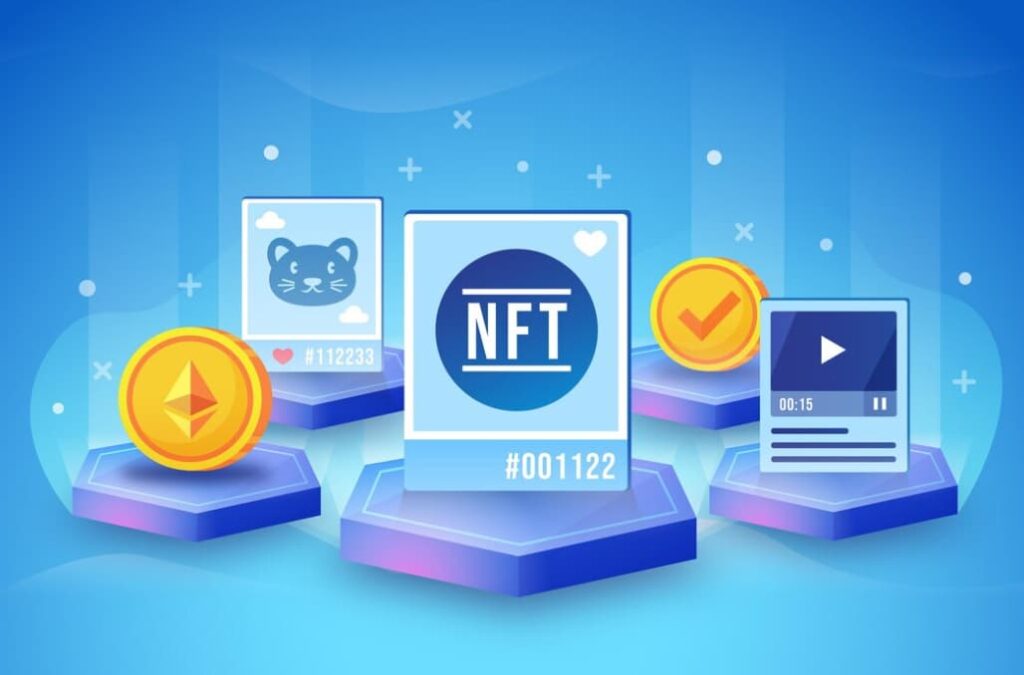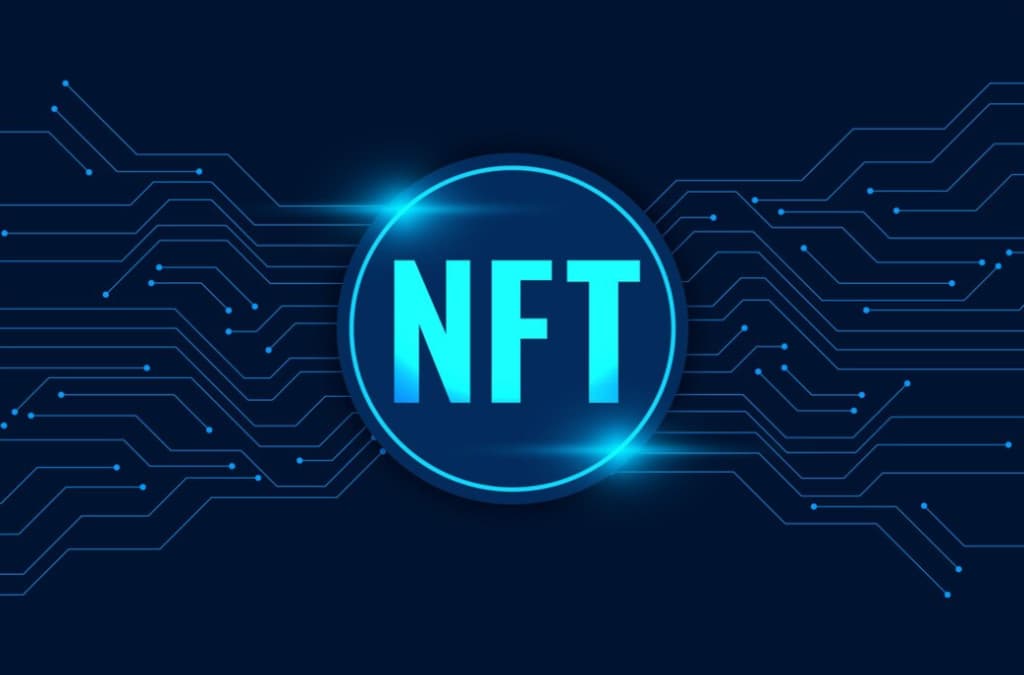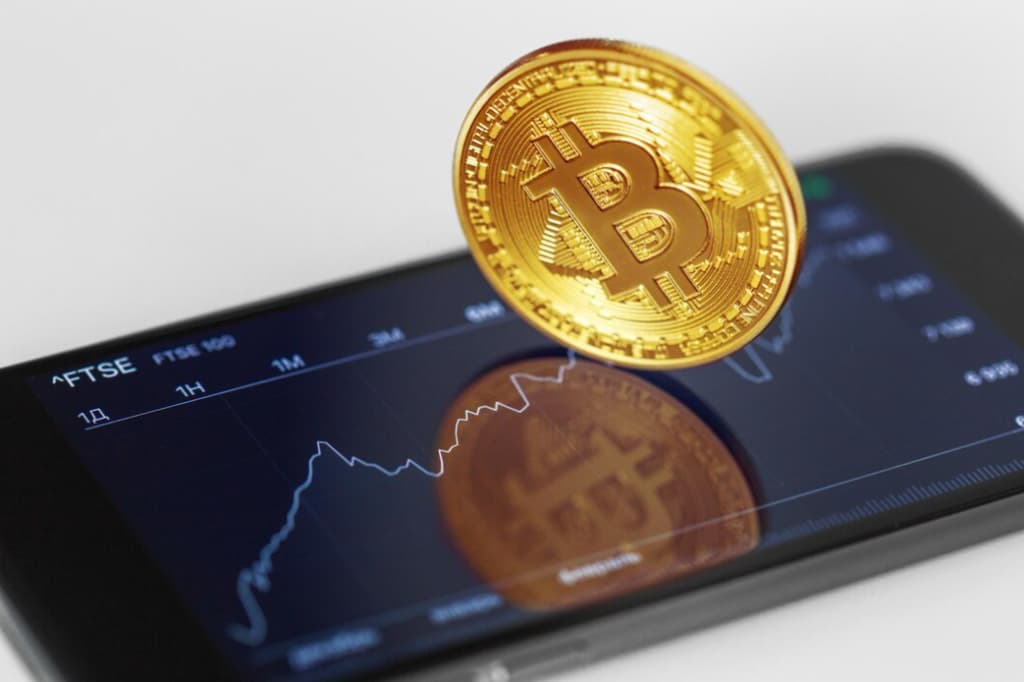Digital assets in literature are transforming the creative landscape, offering writers a novel approach to distributing their work. According to the latest data, the weekly sales of such digital assets have surged from a mere hundred in 2017 to an impressive 15,000 to 50,000 by 2022, indicating a significant rise in popularity for digital literary forms. Such digital assets have created a vibrant new marketplace for readers, allowing the dissemination and consumption of various literary forms through blockchain technology, which has become a boon for bibliophiles.
These digital literary assets are at the forefront of a major shift in the digital and physical publishing realm, offering authors improved revenue opportunities and addressing the traditional disparities between creators and publishers. This transformative movement paves the way for a direct connection between readers and authors. Our exploration will delve into the essence of literary digital assets, discussing their benefits and potential drawbacks for authors. Join us as we delve deeper into this innovative domain.
Defining Literary Digital Assets
A literary digital asset encompasses any electronic format of literary work—be it novels, poetry, plays, essays, audiobooks, or articles. These are accessible online and, once minted on the blockchain as a non-fungible token, become what is known as a literary digital asset.
In the past, authors were constrained to the traditional route of seeking publishers for the printing and distribution of their books. Today’s era has moved beyond these confines, allowing for literary works to be securely stored and accessed on a blockchain network, revolutionizing the way we think about publishing and content ownership in the literary world.
The unalterable nature of this digital innovation ensures that an author’s work remains unmodified, safeguarded against unauthorized edits, or censorship. As such, NFT-based literary works remain true to their original form, requiring authorial consent for any changes, which supports a transparent NFT marketplace for the exchange of digital literature.
Advantages of NFTs in Literature for Authors
Authors have frequently received inadequate compensation for their literary contributions, with their earnings often at the mercy of commercial publishers who dictate market trends and profitable genres. This dynamic has historically led to writers being shortchanged for their efforts. A case in point is Blake Butler, whose work in 2008 was dismissed by the publishing industry due to its dense prose and intricate construction. Unfazed, Butler converted his novel into a Graphic Interchange Format (GIF) with animated pages and released it as a literary NFT. In a short span, collectors purchased the NFT for five Ethereum, which was valued at $7,569.50 at that time.
The draw for creative minds to NFT marketplaces is clear: they offer a direct avenue to monetize their work by reaching readers without intermediaries. The NFT realm provides authors a means to circumvent traditional publishing hurdles, potentially reaping greater rewards for their creativity and diligence. Other benefits for authors leveraging NFTs include:
Maintaining Artistic Autonomy
Agents and publishers often shy away from controversial material, regardless of its quality, favoring what is considered widely marketable. This gatekeeping can stifle the creative freedom writers have over their work, as mainstream interests typically dictate the narratives deemed worthy of publication. Literary NFTs empower authors to bypass such constraints, allowing them to immortalize their works on the blockchain free from external control.
Establishing a Direct Bond with Readers
The traditional gatekeeper role played by commercial publishers is rendered obsolete in the realm of literary NFTs, fostering a direct channel between authors and their audience. Through NFTs, readers can purchase exclusive digital editions and show their support in a more interactive and personal way. Authors can now engage with their audience via social media interactions and community discussions, enhancing reader engagement.
By releasing their works as NFTs in limited editions, writers can generate excitement and appreciation for their work, potentially increasing its value. This blockchain-enabled model removes the need for traditional publishing intermediaries, allowing literary NFTs to reach the audience directly. This innovation enables authors to forge personal connections with their readers, establishing a new dynamic in reader-author interactions.
NFTs have paved the way for authors to forge a stronger connection with their audience by introducing novel ways to capture their interest. Offering rare, limited edition NFTs of literary works piques the curiosity of readers, often leading them to value these unique digital editions at a higher worth.
Emerging authors are advised to cultivate their own following amidst the crowded NFT landscape. By infusing their NFTs with distinctive features or personalized elements in each release, they can ensure that every reader receives something exclusive, sparking greater interest in their creations.

Expanding Your Literary Works Through NFTs
Authors can now enhance reader interaction by infusing their NFT-based literary works with diverse and engaging content. This can include unique additions like exclusive chapters, in-depth glossaries, and author illustrations.
Offering these special content rewards to devoted fans creates a new dynamic. Those who own the initial NFT editions can appreciate added value such as signed digital copies, fostering a closer connection through these exclusive offerings. This is also a step towards disrupting established royalty systems.
Traditionally, authors have seen smaller earnings due to the significant cut taken by intermediaries in the publishing industry, from retailers to publishers, who reap the bulk of profits from book sales. However, NFTs are rewriting this narrative, enabling authors to earn royalties immediately from their work. Smart contract technology allows for continued earnings from secondary sales, ensuring authors receive a share from any subsequent transactions of their work.
NFTs thus offer writers a new avenue for financial sustainability, making it possible for them to consider writing as a viable full-time profession. This technology paves the way for a consistent revenue stream whenever their literary NFTs are bought or sold.
Crafting a Community Subscription Model for Your NFT Content
Launching an NFT-focused community can be an effective strategy for garnering strong support and gaining subscribers who are genuinely interested in your content. Those who purchase your literary NFTs can become advocates for your work on social platforms, fostering broader dialogue and deeper comprehension of your creations as well as the concept of literary NFTs.
Interaction on NFT platforms facilitates a direct dialogue between fans and authors, enabling enthusiasts to generate excitement and personalize their engagement with the author. This direct promotion is beneficial, as any attention can translate into increased interest in the author’s insights and works.
Additionally, NFT memberships can offer readers exclusive access to special content, including behind-the-scenes looks, further involving them in the author’s creative world. Such initiatives can effectively introduce your literary works within the burgeoning ecosystem of NFT social circles.
Drawbacks of NFT Adoption in Book Publishing
The transition to NFTs within the book industry has been slow, partly due to certain limitations. Notably, literary NFTs tend to be pricier than their physical counterparts, making them less accessible to a broad audience. This lack of general access presents a barrier to the democratic distribution of information typically found in traditional libraries.
There are also ecological considerations with NFTs. The Ethereum network, for example, previously operated on a Proof-of-Work system, requiring extensive computational efforts to mine and verify transactions, which increased over time, thus intensifying energy consumption and ecological footprint. This process raised environmental concerns regarding the carbon output for each NFT minted. However, a shift to a more eco-friendly Proof-of-Stake mechanism has been implemented, reducing the environmental impact.
The list of cons concerning literary NFTs extends beyond these points:
Challenges with NFTs in Conventional Book Distribution Channels
The book industry’s established distribution networks, which rely on printing books to meet consumer demand and distribute them through third-party sellers, are not compatible with the digital nature of literary NFTs. These unique digital items are not available in physical bookstores.
Only those familiar with blockchain technology can navigate the release of their work through digital marketplaces. Unlike standard platforms, NFT exchanges such as OpenSea do not support the minting of traditional book formats like PDFs, requiring a different approach to publishing.
The NFT model deviates from traditional practices by offering a finite number of copies, typically around a hundred, which contrasts sharply with the potentially limitless copies sold in conventional book retail.
The Niche Reach of NFTs in Literature
Purchasing conventional ebooks from digital storefronts like Amazon is straightforward, and the risk of piracy with such digital and physical books is well-documented. Literary NFTs, however, operate on a distinct model that limits ownership to a select few, thereby reducing the likelihood of unauthorized distribution.
NFTs utilize blockchain encryption to secure the distribution of digital works, which necessitates decryption by the reader for consumption. Unlike the widespread accessibility of standard ebooks, literary NFTs provide a more exclusive reading experience due to their encrypted and limited nature, resulting in a more selective readership.
Steps to Launch Your Own Literary NFT

The advent of NFTs has transformed how authors can distribute their creative outputs. This innovative platform offers artists and writers the opportunity to increase earnings from their literary talents. One can upload, encrypt, mint, and market their unique literary works on NFT marketplaces. Grasping the duration of the Coinbase verification process is akin to demystifying the world of Literary NFTs—a crucial step for writers looking to delve into this innovative digital marketplace.
Here’s a detailed guide for releasing your literary NFTs.
- Craft Your Literary Work: Begin by deciding what form your literary work will take. Whether it’s a novel populated with imaginary figures or blockchain-verified verse, your creation will be minted as a unique NFT, establishing it as a distinct cryptographic entity that’s not replicable or transferable elsewhere;
- Prepare and Mint on a Web3 Publishing Service: Next, select a blockchain where you’ll mint your NFT, with options including Ethereum, Solana, and Flow. Subsequently, you’ll need to acquire a digital wallet that’s compatible with your chosen blockchain to hold your cryptocurrencies and facilitate transactions on the marketplace, with wallets such as MetaMask and Coin-based solutions being popular choices. Finally, proceed to mint your literary NFTs on a Web3 platform, with services like Mirror.xyz, and Single.io being notable examples;
- Optional: Choose a Marketplace for Your NFTs: The next move in your NFT journey is to decide on the marketplace where you want to list your items. Your choices include various platforms such as:
OpenSea
Regarded as the foremost marketplace for Ethereum-based NFTs, OpenSea is a hub where you can trade and explore a wide array of crypto collectibles. Since its establishment in 2017, OpenSea has conducted over $20 billion in transactions and houses a vast array of over 2 million NFT collections.
Creatokia
This platform caters specifically to the literary community, offering a niche space for authors and readers to engage with NFTs. Here, you can showcase and sell your original digital works, such as ebooks and audiobooks. Platforms like Creatokia are ideal for authors seeking to directly connect with their audience and distribute their work in the burgeoning NFT space.
Publica
Publica is a blockchain-based platform tailored for the distribution of written works. It facilitates the upload of various literary formats including EPUB for documents, magazines, and scripts. When you list your NFTs on Publica, you receive a smart contract that allows for direct sales of your digital work, eliminating the need for middlemen.
After choosing your preferred platform for publishing, simply access your account, and proceed to place your NFTs on the marketplace from your personal collection. Don’t forget to establish your pricing for each piece.
Conclusion
It’s becoming clear that literary NFTs represent a significant leap forward for the industry, with a market that’s both solidifying and expanding rapidly. They’re transforming the world of publishing by granting authors unprecedented levels of creative autonomy.
These innovations offer writers a direct line to their audience, fostering recognition within their communities. For authors looking to maximize their earnings and add unique value to their work, the strategic use of NFTs could be a game-changer.




